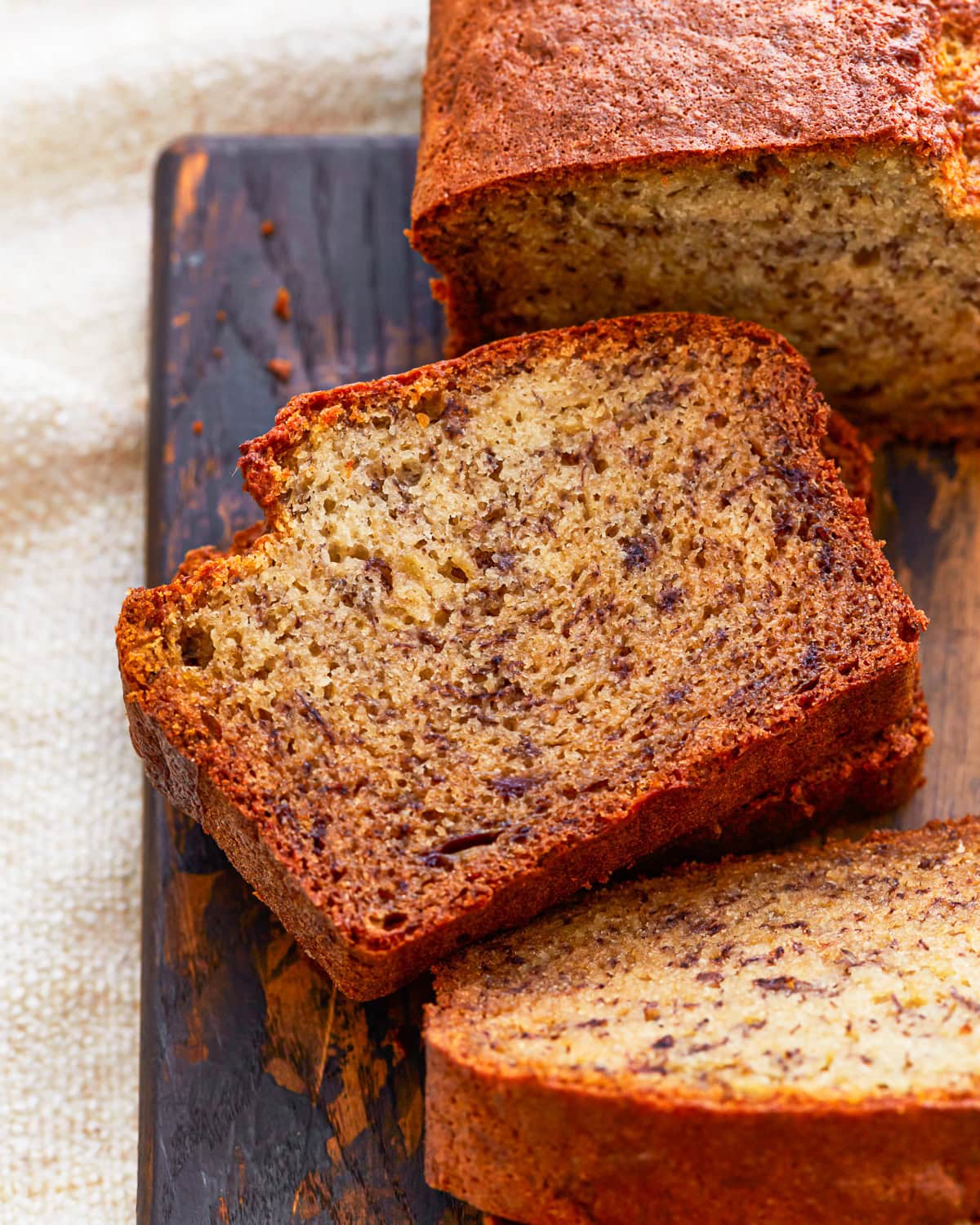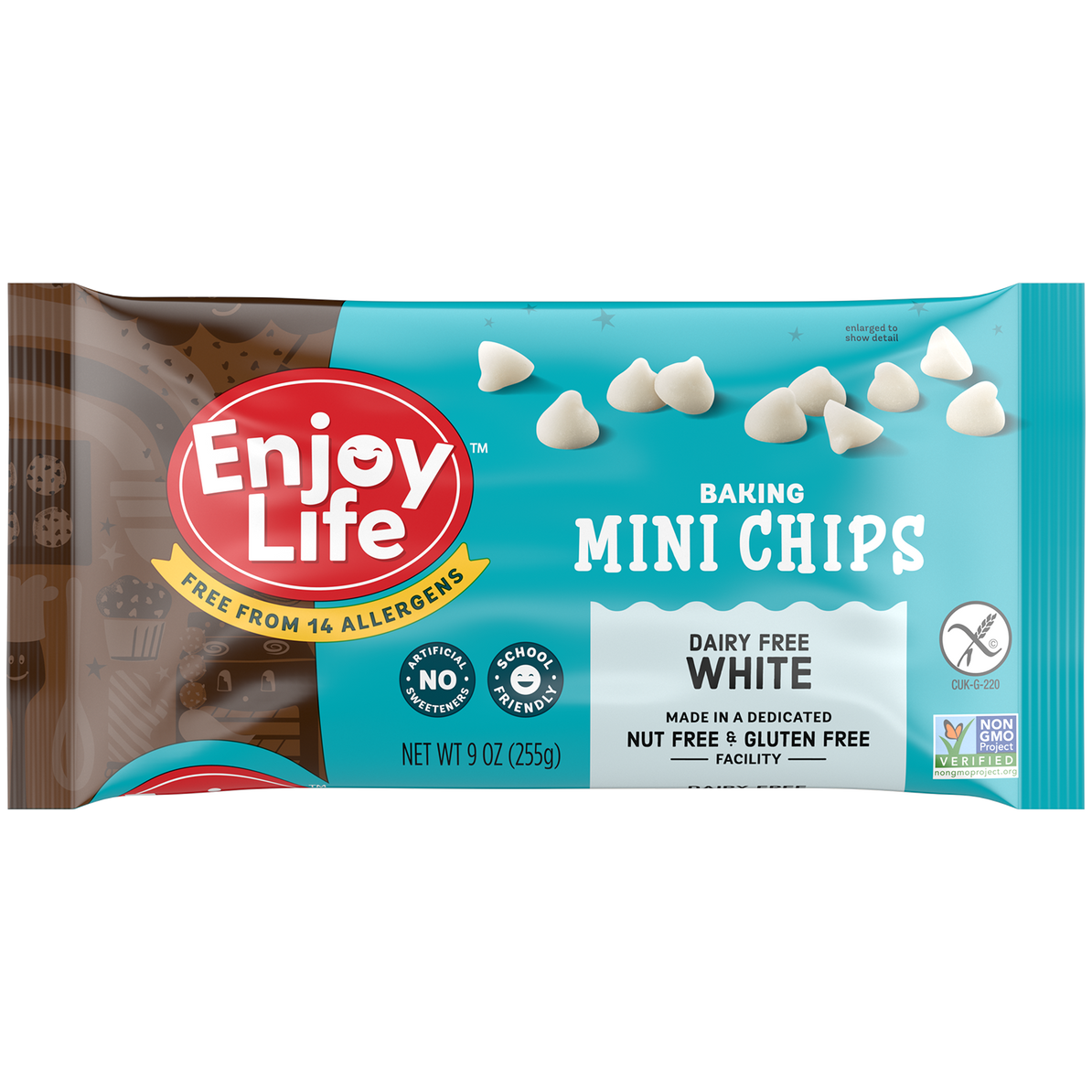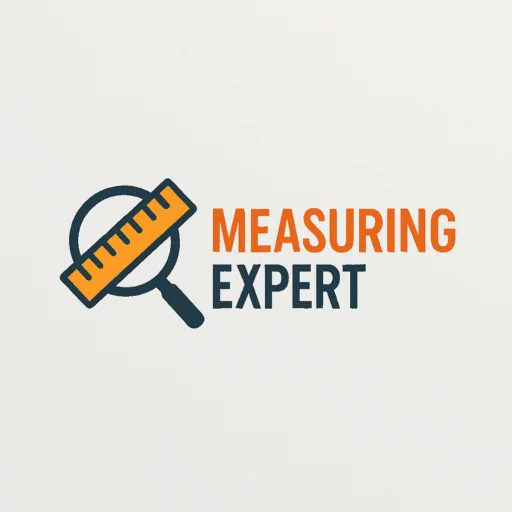Measuring ingredients accurately is crucial in allergen-free cooking. The best way to do this is by using precise tools and methods.
Allergen-free cooking requires extra care. Even a tiny mistake can lead to serious health risks. Accurate measurement helps you avoid cross-contamination. It ensures your dishes are safe for everyone. Whether you are cooking for yourself or others, knowing how to measure correctly is vital.
In this blog post, we will explore the best ways to measure ingredients for allergen-free cooking. We will cover tips and techniques that make your cooking process easier and safer. Let’s get started on making your kitchen a safe space for all.
Importance Of Accurate Measurements
Hey friends, today we’re diving into a crucial topic in allergen-free cooking: the importance of accurate measurements. When it comes to cooking without allergens, getting your measurements right is not just about taste. It’s about safety and ensuring that everyone can enjoy the meal without worry. Let’s look at why this is so important.
Avoiding Cross-contamination
One of the big reasons for accurate measurements is to avoid cross-contamination. If someone in your family has a food allergy, even a tiny amount of the allergen can cause a reaction. This means you need to be extra careful with your ingredients.
- Use separate measuring tools: Always use different measuring cups and spoons for allergen-free ingredients.
- Clean thoroughly: Make sure to wash all your tools and surfaces before starting.
- Label your tools: Keep your allergen-free cooking tools separate and clearly labeled.
Think of it like this: If you were painting a room and didn’t clean your brush between colors, you’d end up with a mess. The same goes for cooking. Keeping things separate ensures everything stays safe and clean.
Ensuring Recipe Success
Getting your measurements right also ensures that your recipes turn out as expected. Cooking can be a bit like chemistry. The right amounts of each ingredient make sure your dish has the right texture and flavor.
- Follow the recipe: Stick to the given measurements. If it says 1 cup, use exactly 1 cup.
- Level your scoops: Use a knife to level off dry ingredients to get the exact amount.
- Weigh ingredients: For even more accuracy, use a kitchen scale to weigh ingredients.
Imagine baking a cake. Too much flour can make it dry, while too little can make it sink. Accurate measurements help you avoid these problems and make sure your food is delicious every time.
So, next time you’re cooking allergen-free, remember these tips. Accurate measurements are key to keeping everyone safe and making sure your recipes turn out great. Happy cooking!

Credit: www.mamaknowsglutenfree.com
Common Allergens In Cooking
Measuring ingredients carefully is key to allergen-free cooking. Use separate tools for allergen and non-allergen ingredients. This helps avoid cross-contamination.
Hey friends, today we are diving into the world of allergen-free cooking. Many of us have loved ones who are allergic to certain foods. So, it’s super important to know what common allergens are and how to measure ingredients safely. Let’s look at some of the biggest culprits.Gluten
Gluten is found in wheat, barley, and rye. It’s a protein that gives dough its elasticity. If you or someone you cook for has a gluten allergy, you need to be very careful. Even small amounts can cause big problems. Common sources of gluten: – Bread – Pasta – Cakes and pastries – Certain sauces and soups Pro Tip: Always check labels. Gluten can hide in unexpected places, like soy sauce. Use gluten-free alternatives when cooking.Dairy
Dairy is another big allergen. It includes milk, cheese, butter, and yogurt. People with dairy allergies can have reactions ranging from mild to severe. Common sources of dairy: – Milk and cream – Cheese and butter – Yogurt and ice cream – Many baked goods Pro Tip: There are many dairy-free options available now. Almond milk and coconut yogurt can be great substitutes.Nuts
Nuts are a tricky allergen. They can cause severe reactions. This includes peanuts and tree nuts like almonds, walnuts, and cashews. Common sources of nuts: – Peanut butter – Nut-based oils – Baked goods with nuts – Some cereals and granola bars Pro Tip: Always read labels and keep your kitchen nut-free if someone has an allergy. Look for nut-free certifications on products. Knowing these common allergens is the first step in allergen-free cooking. Always measure ingredients carefully and double-check labels. Your loved ones will thank you! Got any more tips or personal stories? Share them in the comments below! “`Essential Tools For Measuring
Measuring ingredients accurately is vital for allergen-free cooking. The right tools make all the difference. They ensure you use the exact amount needed, reducing the risk of cross-contamination. Let’s explore the essential tools for measuring ingredients. These tools are simple yet crucial for a safe cooking experience.
Measuring Cups And Spoons
Measuring cups and spoons are basic tools in any kitchen. They help measure dry and liquid ingredients precisely. This accuracy is key to keeping allergens out of your food. Choose cups and spoons made of durable materials. Stainless steel is a great option. It is easy to clean and lasts long.
Keep a separate set for allergen-free cooking. This avoids any risk of cross-contamination. Wash them thoroughly after each use. Store them in a clean, dry place. Label them if needed. This ensures they are only used for allergen-free recipes.
Digital Kitchen Scales
Digital kitchen scales offer high accuracy. They are perfect for weighing ingredients. This is especially useful for baking. Even small measurement errors can affect the outcome. With a digital scale, you get precise readings.
Choose a scale with a tare function. This lets you zero out the weight of the container. You can then measure only the ingredients. Opt for a scale with a clear display. This makes it easier to read the measurements. Keep the scale clean. Wipe it down after each use. Store it in a safe place. This maintains its accuracy and prolongs its life.
Using Measuring Cups And Spoons
Use separate measuring cups and spoons for allergen-free cooking. Clean each one thoroughly to avoid cross-contamination. Accurate measurements ensure safe, allergen-free meals.
Hey friends, today we’re diving into the world of allergen-free cooking. One crucial aspect? Measuring ingredients correctly. Trust me, it’s not as hard as it sounds. Whether you’re whipping up a gluten-free cake or a nut-free casserole, using measuring cups and spoons can make a big difference. Let’s break it down step by step.Dry Ingredients
When measuring dry ingredients like flour or sugar, it’s important to use the right techniques. Here’s what you need to know:- Use dry measuring cups: These are designed for dry ingredients. They come in sets and are labeled in cups or fractions of a cup.
- Level off your measurements: After scooping the ingredient into the cup, use a straight edge (like a knife) to level it off. No heaping allowed!
- Sift when necessary: Some recipes call for sifted flour. If so, sift first, then measure.
Liquid Ingredients
Measuring liquid ingredients like milk or oil? Here’s how to do it:- Use liquid measuring cups: These usually have a spout and are marked with both metric and imperial units.
- Check the measurement at eye level: Place the cup on a flat surface and bend down to read the measurement at eye level. This ensures accuracy.
- Pour slowly: Avoid over-pouring. If you add too much, it’s harder to correct.
Benefits Of Digital Kitchen Scales
When cooking for someone with food allergies, precision is key. Digital kitchen scales can make your life easier and your meals safer. Let’s dive into the benefits of using these handy tools in your allergen-free cooking.
Precision
Digital kitchen scales offer unmatched precision. Unlike traditional measuring cups, they give you exact weights. This is crucial when you need to avoid allergens.
- Accurate Measurements: Get exact amounts, down to the gram.
- Consistent Results: Ensure every dish is made the same way, every time.
Imagine baking a cake. You need to avoid gluten. Using a digital scale helps you measure your gluten-free flour accurately, preventing any accidental contamination.
Ease Of Use
Digital kitchen scales are incredibly easy to use. Even if you’re not tech-savvy, you’ll find them straightforward.
- Simple Controls: Most scales have just a few buttons. Power, tare, and unit conversion.
- Clear Display: Easy-to-read screens show you the exact weight.
I remember the first time I used a digital scale. It made my cooking so much easier. No more guessing or using multiple measuring cups. Just place your bowl on the scale, hit the tare button, and start adding ingredients. It’s that simple.
So, if you’re cooking for someone with allergies, a digital kitchen scale is a must-have. It ensures precision and ease of use, making your cooking experience safer and more enjoyable.

Credit: www.cup4cup.com
Tips For Accurate Measurements
Accurate measurements are crucial for allergen-free cooking. Incorrect measurements can lead to cross-contamination or an imbalance in the recipe. To ensure your dishes are safe and delicious, follow these tips for precise ingredient measurements.
Leveling Off Ingredients
Use a straight edge to level off dry ingredients. A knife or spatula works well. Scoop the ingredient into the measuring cup. Then, scrape the excess off the top. This ensures you get the exact amount needed.
For sticky ingredients, like peanut butter, use a spoon to fill the measuring cup. Then, level it off with a straight edge. This method helps avoid extra allergens in your recipe.
Measuring By Weight
A kitchen scale is a handy tool for allergen-free cooking. It gives more accurate measurements than cups or spoons. Place a bowl on the scale. Zero it out. Add your ingredient until you reach the desired weight.
Weighing ingredients reduces the risk of cross-contamination. It ensures consistency in your recipes. Many chefs prefer this method for its accuracy and ease. Convert your favorite recipes to weight measurements for best results.
Allergen-free Ingredient Substitutes
Hey friends, today we’re diving into something super important for allergen-free cooking: ingredient substitutes. These substitutes are the key to making delicious meals without the allergens that can cause problems. They help us enjoy our favorite dishes without worry. Let’s look at some common substitutes, especially for gluten and dairy.
Gluten-free Flours
Gluten-free flours are a lifesaver for people who can’t eat gluten. They allow us to make bread, cookies, and other baked goods without wheat. Here are some popular options:
- Almond Flour: Great for baking. It has a nutty flavor and is rich in protein.
- Rice Flour: A versatile choice. It’s good for baking and thickening sauces.
- Coconut Flour: Absorbs a lot of liquid. Perfect for dense baked goods.
- Sorghum Flour: Adds a mild, sweet taste. Works well in many recipes.
- Chickpea Flour: Excellent for savory dishes. Adds a nice texture.
Mixing these flours can give the best results. For example, I recently made a pizza dough using a mix of rice and almond flour. It was amazing!
Dairy Alternatives
Can’t have dairy? No problem! There are plenty of alternatives that taste great and work just like regular dairy. Here are some favorites:
- Almond Milk: Light and slightly nutty. Perfect for cereals and smoothies.
- Coconut Milk: Rich and creamy. Great for curries and desserts.
- Soy Milk: A good all-rounder. Works well in coffee and baking.
- Oat Milk: Thick and smooth. Excellent in coffee and as a creamer.
- Cashew Milk: Creamy and mild. Lovely in soups and sauces.
These alternatives are easy to find in stores. Plus, they often come in different flavors, which can add a fun twist to your recipes. For instance, I love using vanilla almond milk in my morning coffee. It adds a touch of sweetness without the need for sugar.
So, there you have it! With these gluten-free flours and dairy alternatives, you can cook up a storm without worrying about allergens. Happy cooking!

Credit: enjoylifefoods.com
Expert Recommendations
Hey friends, today we’re diving into the best ways to measure ingredients for allergen-free cooking. It’s super important to get it right, especially when cooking for someone with allergies. The good news? Experts have some fantastic tips to make this easier for you. Let’s explore their recommendations.
Consulting With A Nutritionist
First things first. Talk to a nutritionist. They know their stuff. A nutritionist can help you understand what ingredients to avoid. They can also guide you on how to measure them properly.
- Personalized Advice: They can give you advice based on your specific needs.
- Safe Substitutes: They can suggest safe ingredient substitutes.
- Cooking Tips: They can offer tips on how to handle and measure ingredients.
I once consulted a nutritionist when my nephew was diagnosed with a nut allergy. The tips she shared were invaluable. It made cooking so much easier and safer.
Reading Labels Carefully
Next up, always read labels. It’s like reading the back of a book before you buy it. You want to know what’s inside. Labels give you crucial information about allergens.
Here’s what to look for:
- Allergen Warnings: Look for any allergen warnings, like “may contain nuts.”
- Ingredient List: Read the ingredient list carefully. If you see something unfamiliar, look it up.
- Cross-Contamination: Check for any notes on cross-contamination.
Once, I bought a snack without checking the label. Big mistake. It had traces of dairy, which my friend is allergic to. Lesson learned!
In summary, consulting a nutritionist and reading labels carefully are key steps in measuring ingredients for allergen-free cooking. It’s all about being informed and vigilant. Happy cooking!
Frequently Asked Questions
What Is The Most Accurate Way To Measure Ingredients?
Use a digital kitchen scale for the most accurate ingredient measurements. Weigh ingredients instead of using volume measurements.
What Is The Most Important Thing To Do When Preparing Allergen-free Dishes?
The most important thing is avoiding cross-contamination. Clean surfaces and utensils thoroughly, and use separate equipment for allergen-free dishes.
What Are Three Way Of Measuring Ingredients When Cooking?
Three ways to measure ingredients when cooking are using measuring cups, measuring spoons, and a kitchen scale.
How Do Professional Bakers Measure Ingredients?
Professional bakers use digital scales for precise measurements. They weigh ingredients in grams or ounces for accuracy. Measuring spoons and cups are also used for smaller quantities.
Conclusion
Measuring ingredients accurately is key for allergen-free cooking. Use separate tools for each ingredient to avoid cross-contamination. Digital scales offer precise measurements, enhancing safety. Consistency ensures every meal is safe and delicious. Practice and patience make the process smoother. Remember, careful measurement protects against allergic reactions.
Keep your kitchen organized and clean. Happy and safe cooking!
